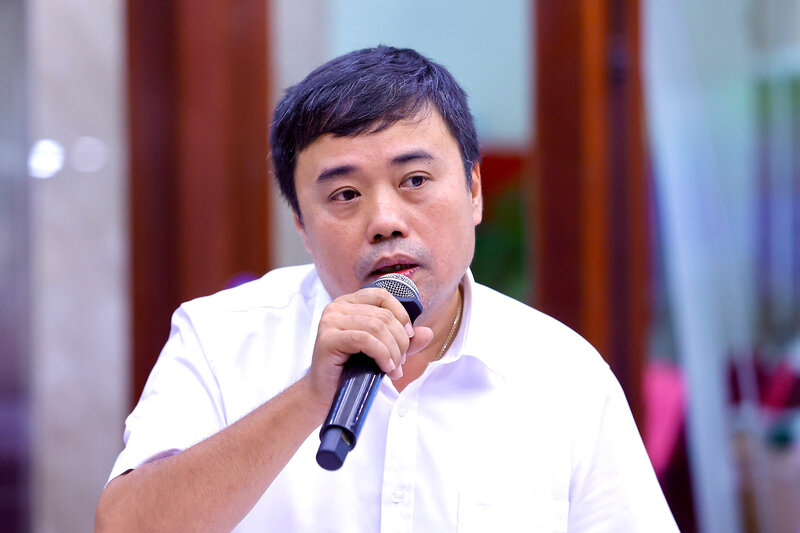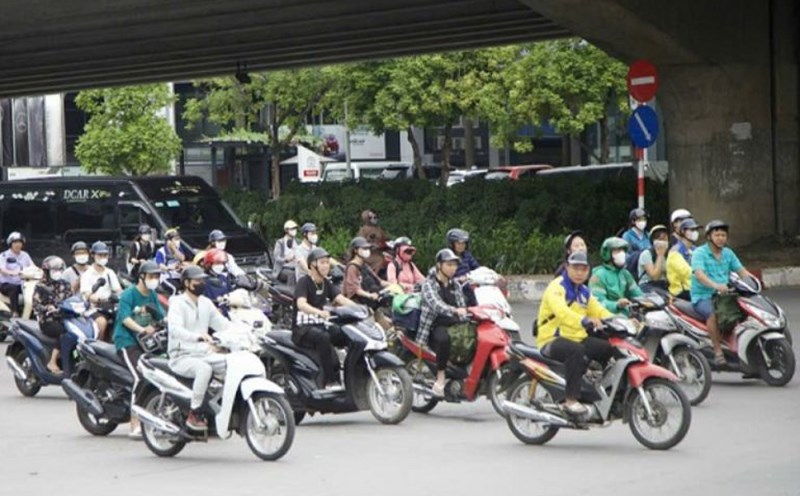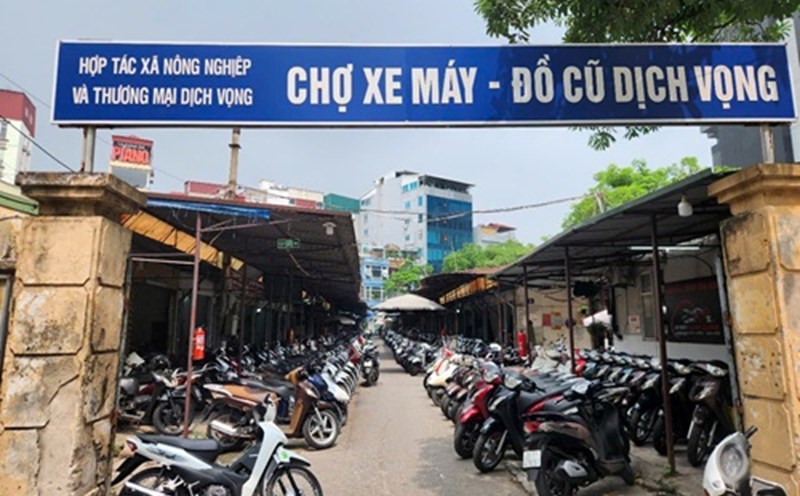At the seminar "Converting gasoline vehicles to electric vehicles: So that no one is left behind" of Tien Phong newspaper, Mr. Phan Truong Thanh - Head of the Investment Finance Department, Hanoi Department of Construction said that currently the number of motorbikes in Hanoi is estimated at 6.9 million vehicles, of which about 95% are gasoline vehicles. When implementing the roadmap to convert electric vehicles in Ring Road 1, 9 wards will be affected, of which 6 wards are located entirely in Ring Road 1.
According to Mr. Thanh, according to the preliminary investigation, there are about 600,000 stable residents in Ring Road 1, with a total of about 450,000 motorbikes on site. However, this is only a preliminary survey of the fixed number inside Ring Road 1, not to mention many subjects going from outside into Ring Road 1. To implement Directive 20 of the Prime Minister, Hanoi will implement according to a specific roadmap and plan:
First is the survey to assess that people and subjects are affected. We need to have input data to do that. Currently, there is a two-level local government, the closest place, the closest to the people, all investigation data is the responsibility of the local government. This data is urgent and necessary.
Second, after having input data, we need to improve policy institutions. We also have the Capital Law, linking this content with the low-emission zone project that Hanoi has proposed before. Third, complete the infrastructure. The infrastructure here has 2 groups: general transportation and public transportation. This is a core factor, Hanoi does not recommend people to continue riding motorbikes.

Fourth, develop emission standards for motorbikes and determine whether to inspect motorbike emissions or not. In Directive 20, the Prime Minister also has an important requirement that the Ministry of Construction soon issue emission standards for motor vehicles. Finally, propaganda work, along with press and media agencies, the enthusiasm of scientists will help the transformation roadmap to be successful.
Regarding the question about charging stations when switching from gasoline vehicles to electric vehicles, Mr. Phan Truong Thanh said that currently Hanoi has about 1,000 charging stations of all kinds, including 3 types: Charging stations for public vehicles; charging stations for cars; charging stations for motorbikes and electric bicycles. Recently, Vice Chairman of Hanoi People's Committee Duong Duc Tuan requested to review and clearly plan the charging station. From planning, businesses and investors do not know where to invest in charging stations. Therefore, Hanoi is reviewing the overall parking lot locations in Ring Road 1 to install charging stations. People from other places can park their vehicles, charge, and travel by public transport.
According to Mr. Thanh, Hanoi has requested the need to implement common standards that do not have to be widely installed, leading to future disconnections. The Hanoi People's Committee has directed the standard to be shared, not exclusive. In addition, the same charging stations require multiple charging points.
"The question of where the old apartment complex is charged is very practical. The long-term solution is that the city is directing the project to renovate all old apartment buildings, and in the immediate future, it is necessary to survey and assess the needs of the people, if necessary, supplement the power source; and require more attention to electricity conditions. However, Hanoi does not recommend taking them all into the charging port. In Ring Road 1, all public areas are being checked to arrange charging stations for people. All policies must ensure feasibility. No later than 2025, people must feel it" - Mr. Thanh informed.
At the seminar, Mr. Nguyen Dong Phong, Director of the Road Motor Vehicle Emission Testing Center, Vietnam Register, Ministry of Construction, said that when realizing the conversion of gasoline-powered motorbikes to electric vehicles, we need to solve many problems, because this has a great impact on society and people's lives, especially the disadvantaged groups in society. To solve this problem, the State and authorities at all levels need to have policy tools to support the people.
In addition, when converting gasoline-powered motorbikes to electric vehicles, it is necessary to solve the problem of charging station systems and power supply units. On the other hand, we must also thoroughly solve the problem of waste batteries such as reducing battery discharge, recycling and changing the purpose of using waste batteries. At the same time, it is necessary to develop wastewater battery treatment technology and strictly regulate wastewater battery treatment activities.











